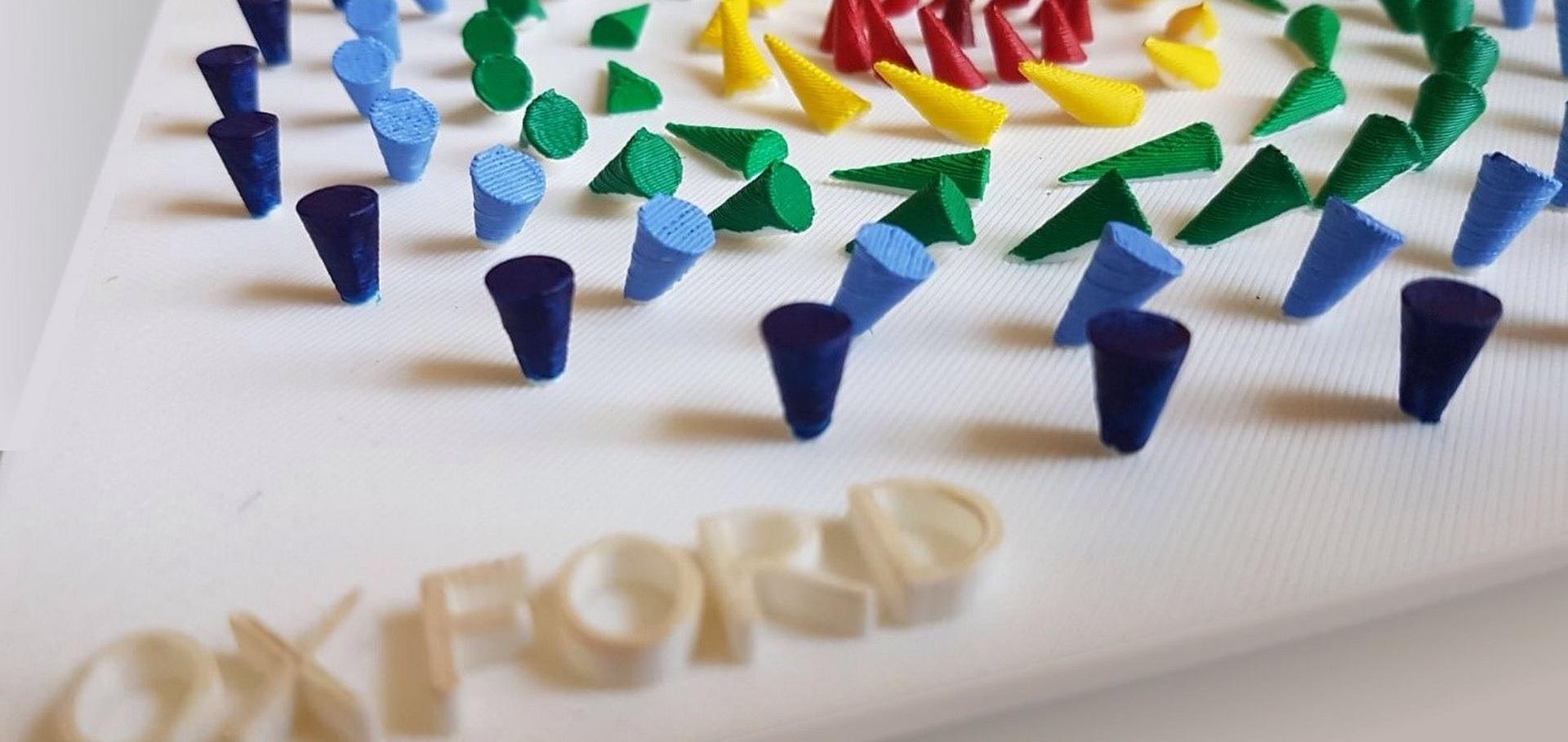Extraordinary hall balance
Scientific Reports Nature Publishing Group 3 (2013) 2087
Abstract:
Magnetoresistance (MR) effects are at the heart of modern information technology. However, future progress of giant and tunnelling MR based storage and logic devices is limited by the usable MR ratios of currently about 200% at room-temperature. Colossal MR structures, on the other hand, achieve their high MR ratios of up to 106% only at low temperatures and high magnetic fields. We introduce the extraordinary Hall balance (EHB) and demonstrate room-temperature MR ratios in excess of 31,000%. The new device concept exploits the extraordinary Hall effect in two separated ferromagnetic layers with perpendicular anisotropy in which the Hall voltages can be configured to be carefully balanced or tipped out of balance. Reprogrammable logic and memory is realised using a single EHB element.Magnetic properties of gadolinium substituted Bi2Te3 thin films
Applied Physics Letters 102 (2013) 242412
Abstract:
Thin film GdBiTe3 has been proposed as a candidate material in which to observe the quantum anomalous Hall effect. As a thermal non-equilibrium deposition method, molecular beam epitaxy (MBE) has the ability to incorporate large amounts of Gd into Bi2Te3 crystal structures. High-quality rhombohedral (GdxBi1−x)2Te3 films with substitutional Gd concentrations of x ≤ 0.4 were grown by MBE. Angle-resolved photoemission spectroscopy shows that the topological surface state remains intact up to the highest Gd concentration. Magnetoresistance measurements show weak antilocalization, indicating strong spin orbit interaction. Magnetometry reveals that the films are paramagnetic with a magnetic moment of 6.93 μB per Gd3+ ion.Extraordinary hall balance
Scientific Reports 3 (2013) ---
Structure of epitaxial L10-FePt/MgO perpendicular magnetic tunnel junctions
Applied Physics Letters 102 (2013) 062403
Abstract:
Perpendicular magnetic tunnel junctions (p-MTJs) with MgO barriers are interesting for high-density information-storage devices. Chemically ordered L10-FePt is a potential electrode due to its large perpendicular magnetocrystalline anisotropy. To-date, a single theoretical study on L10-FePt/MgO p-MTJ based on an idealized structure reported significant dependence of spin-dependent tunneling on interface structure. [Y. Taniguchi et al., IEEE Trans. Magn. 44, 2585 (2008).] We report a structural study of epitaxial L10-FePt(001)[110]//MgO(001)[110]//L10-FePt(001)[110] p-MTJs, focusing on the interfaces using aberration-corrected scanning transmission electron microscopy. Interfaces are semi-coherent, with oxygen atomic-columns of MgO located opposite to iron atomic-columns in L10-FePt. Up to three lattice planes show atomic-column steps, the origin of which is attributed to antiphase boundaries in L10-FePt.Study of the structural, electric and magnetic properties of Mn-doped Bi 2 Te 3 single crystals
New Journal of Physics 15 (2013) 10


